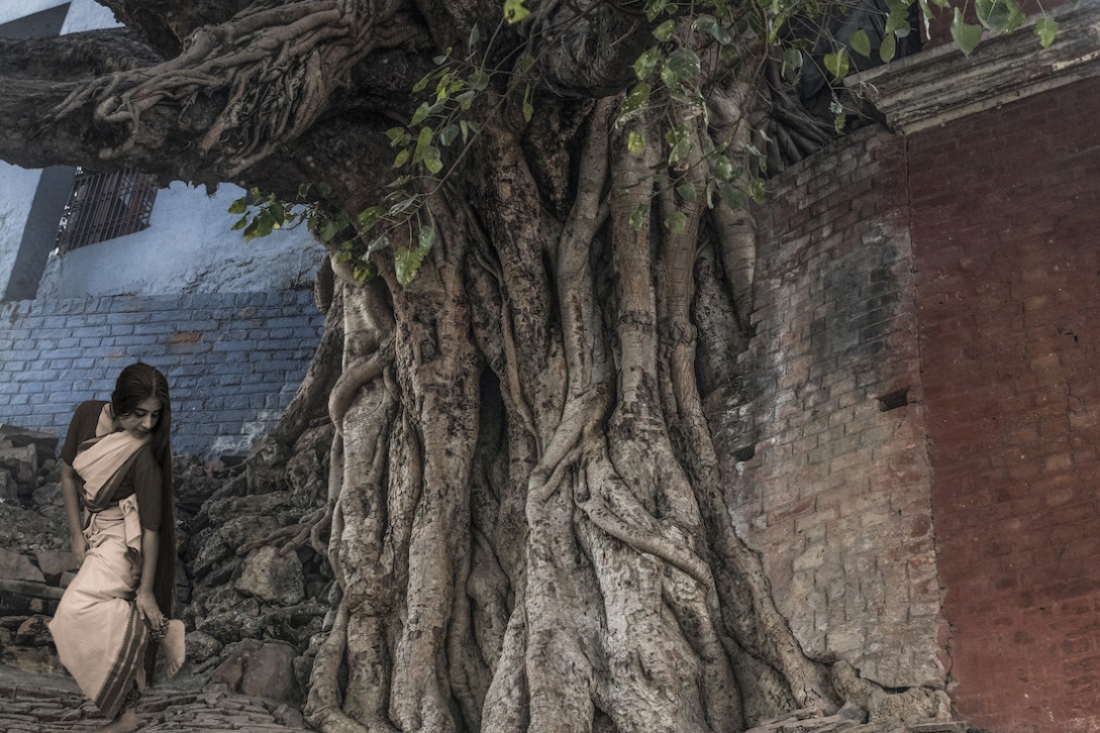
Photo by Juhi Saklani

Photo by Juhi Saklani
Habitat Photosphere, a multi-dimensional photography festival curated by art historian Dr Alka Pande, is back in a bigger and a far-more inclusive avatar. An initiative of India Habitat Centre, and geared towards the sensitization of a sustainable environment and cultural sustainability through the medium of photography, this is the second edition of the festival and will be held at multiple venues at India Habitat Centre, Lodhi Road, New Delhi, from February 18 to March 18, 2019. The first edition of the Habitat Photosphere Festival was held in December 2016 with the theme being ‘Panchtattatvas’ i.e. earth, air, water, ether, and fire.
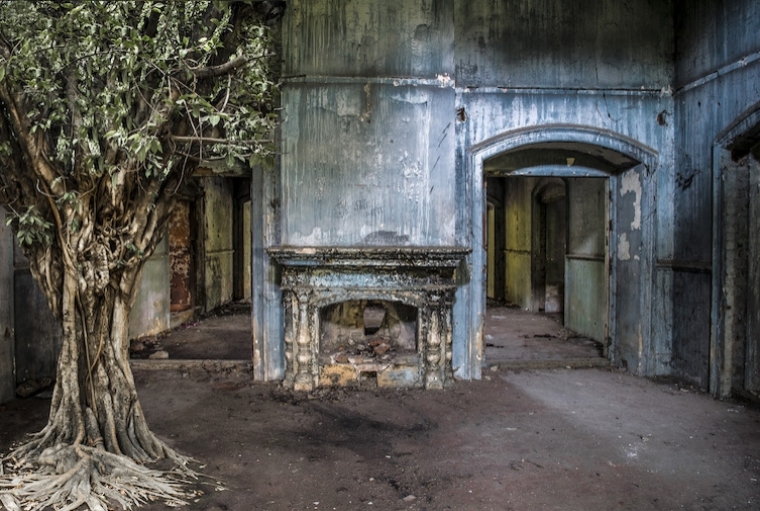
The Tree is at Home
Photo by Juhi Saklani
The mainstay of the festival will be photography-based works by the four awardees of the Photosphere Fellowship - Juhi Saklani (New Delhi), Thulasi Kakkat (Kochi), Zishaan A. Latif (Mumbai) and Syed Adnan Ahmed (Ajmer) who have worked on various themes connected to sustainable environment and have been mentored by an eminent panel of photographers including Aditya Arya, Bandeep Singh, Parthiv Shah and Prabir Purkayastha respectively. The festival will also showcase photographic works by the mentors themselves.
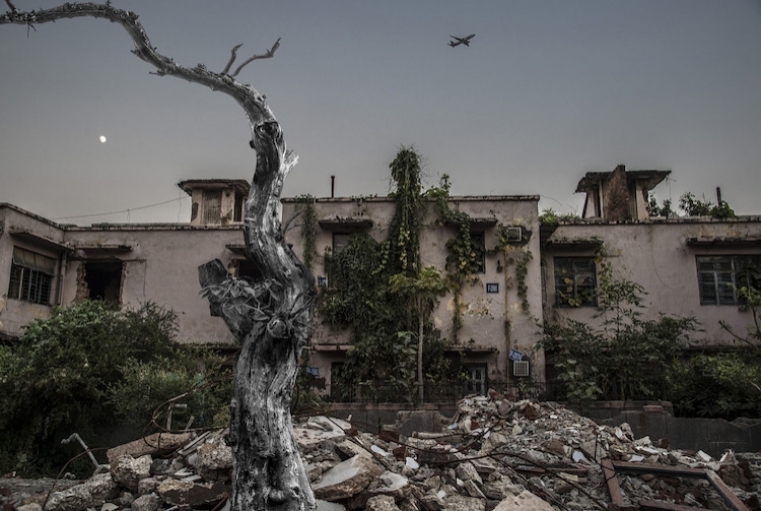
Netaji Nagar 1, Special section on loss of trees and redevelpment in Delhi
Photo by Juhi Saklani
Apart from the above, parallel exhibitions on the theme of sustainability by Beatrice de Fays (French artist), Miguel Angel Garcia (Spanish artist), Katja Loher (Swiss artist), John Gollings (Australian artist) will also be held. Several other workshops, talks, seminars will be held during the one-month long festival.
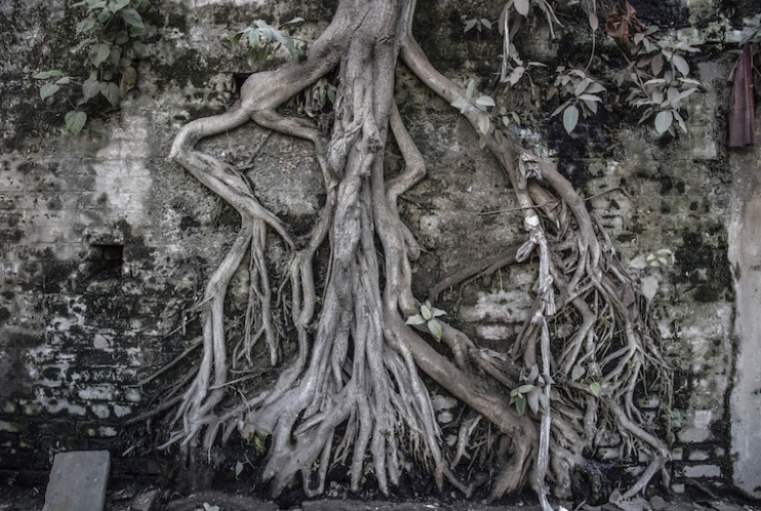
National Monument, Delhi
Photo by Juhi Saklani
Says Juhi Saklani about her project Human/Nature: “These images were put together against a background of regular headlines about loss of trees in thousands, for buildings, roads, highways, river interlinking, smart city projects and more. When we think of ‘human’ as separate from ‘nature’, we do great violence to ourselves, our lives, and our planet — as can be seen in the dramatic climate change, deforestation, water crisis, air pollution, and extinction of species all around us.” A special section on the ‘redevelopment’ of Delhi’s colonies - in which around 15,000 trees were going to be felled in Sarojini Nagar and Netaji Nagar alone - addresses this issue through collages in which the threatened trees and semi-demolished houses of these colonies are still trying to co-exist.
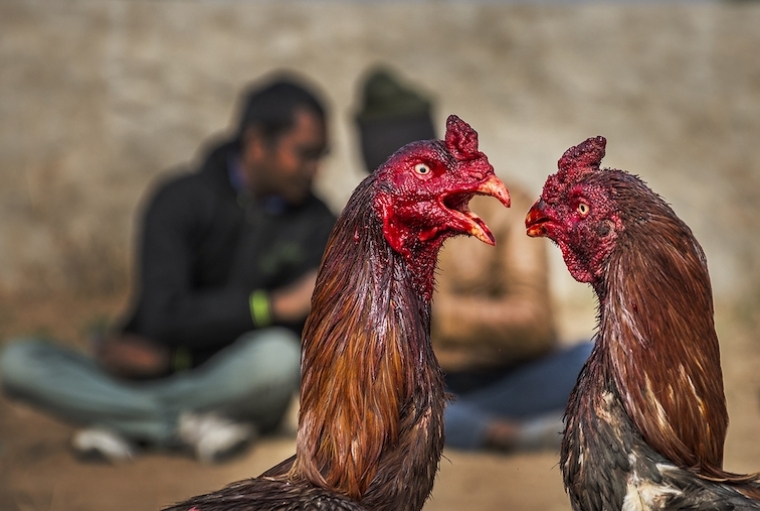
Murgh Baazi
Photograph by Syed Adnan Ahmed
In Syed Adnan Ahmed’s project on rooster fights titled Murgh Baazi, there is a strong primal, earthy energy depicted through and through; in the way the roosters are maintained in a condition of aggression, the thirst for power and conquest shining through them to have a fighting chance at winning these matches.
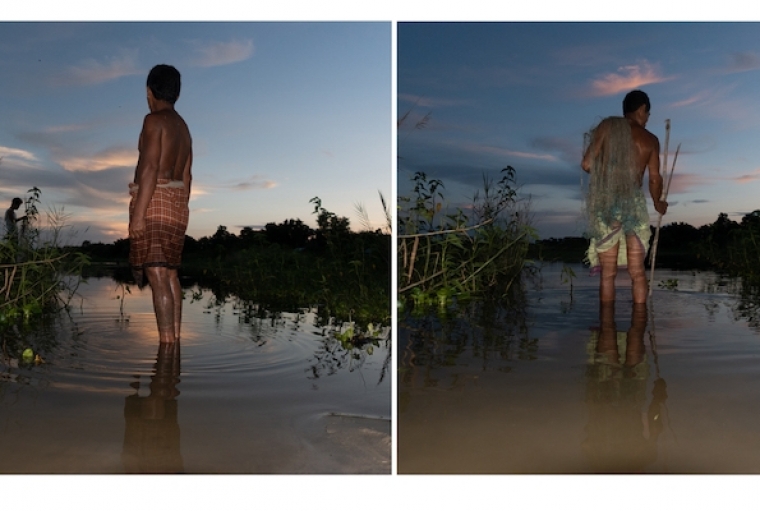
Withering
Photograph by Zishaan A Latif
Withering by Zishaan A. Latif, is an endeavour to document the 'drowning state of existence' of the river island of Majuli in Assam. It is a catastrophe caused by the aggressiveBrahmaputra. The aim is to reflect on the larger consequence of climate change and displacement. A segue of this project is the documentation of a disappearing, mystical and culturally rich environment; an organic community which presents itself as an alarming example of the issue of sustainability that the world must take cognisance of. He says, “Majuli is enchanting in ways that it calls for me to return, a call to hear its soul, to experience it fully in all its forms and fury, in its many shapes and beauty.”
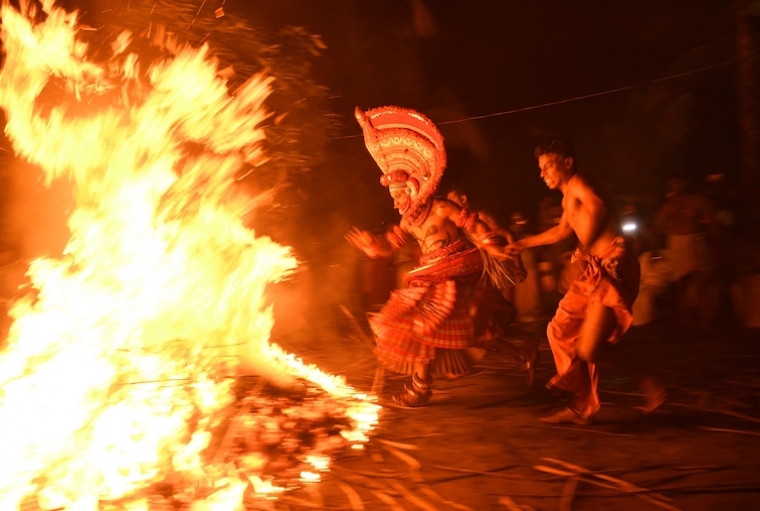
Theyyam, from the series Lost Wilderness
Photo by Thulasi Kakkat
Thulasi Kakkat’s Lost Wilderness documents the ritualistic dance of Theyyam. It draws connections between the natural and the cultural ecosystem in the rich wilderness of the sacred groves of Kaavus, home to Malabar’s pantheistic deities.
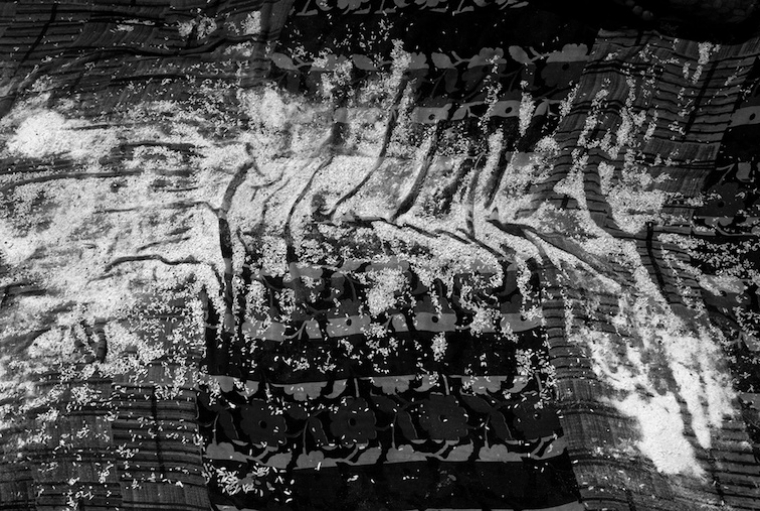
Bhiksha
A photograph by Bandeep Singh
The mentors – Parthiv Shah, Prabir Purkayastha, Bandeep Singh, Aditya Arya – will be showcasing their photographic works as well. Arya’s work is inspired by the elements of the Aravalli mountain range, while Purkayastha’s Dheemahi presents a traditional visual narrative about our hidden world, a visual tapestry that amplifies the disappearing desolation, around us and within us. Singh’s Bhiksha is inspired by the Indian tradition of offering or seeking alms primarily of food. “These photographs are of Bhiksha mats spread on the sandbanks at the site of the Kumbha Mela in Allahabad,” says Singh. Finally, Shah makes the river Narmada his muse in the project titled Rewa. He says, “Historically water has paved paths embedded with memory, history, landscape and these paths stand diverted by powers to reckon with. This series of work attempts to make an enquiry into three categories - the journey (passage), the river (water) and recording (observing/ looking),” says Shah.
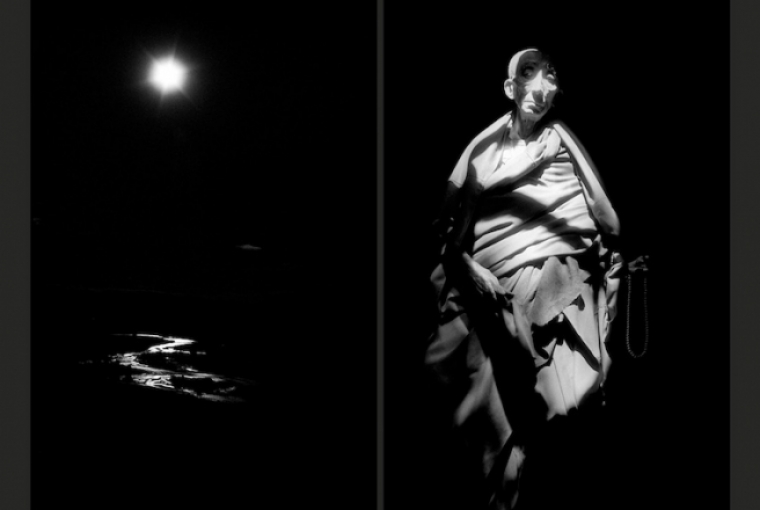
Dheemahi
Photograph by Prabir Purkayastha